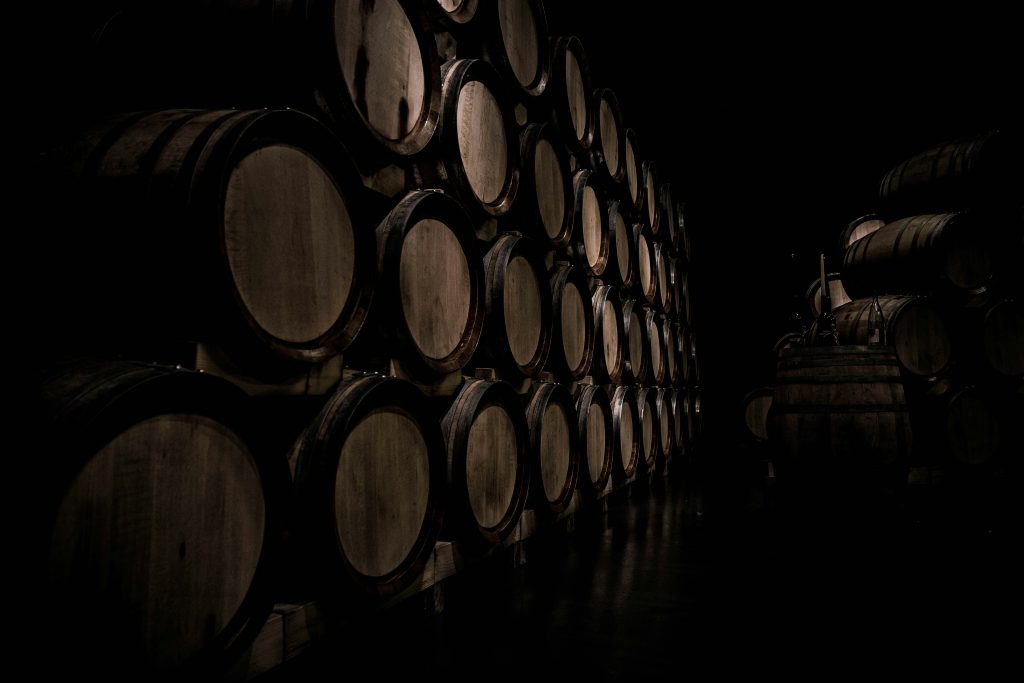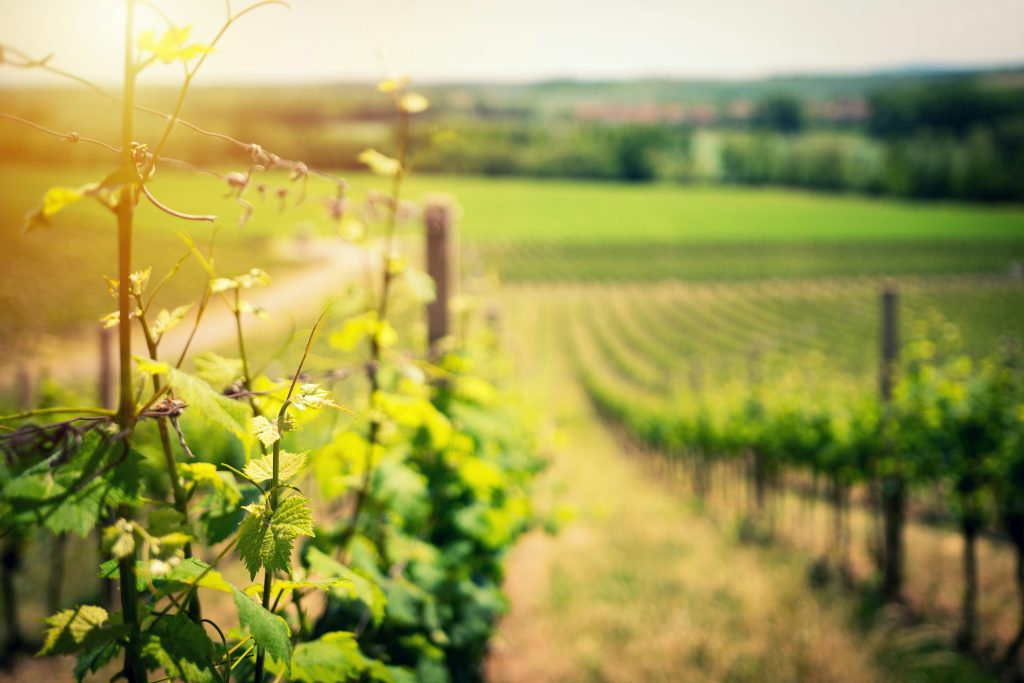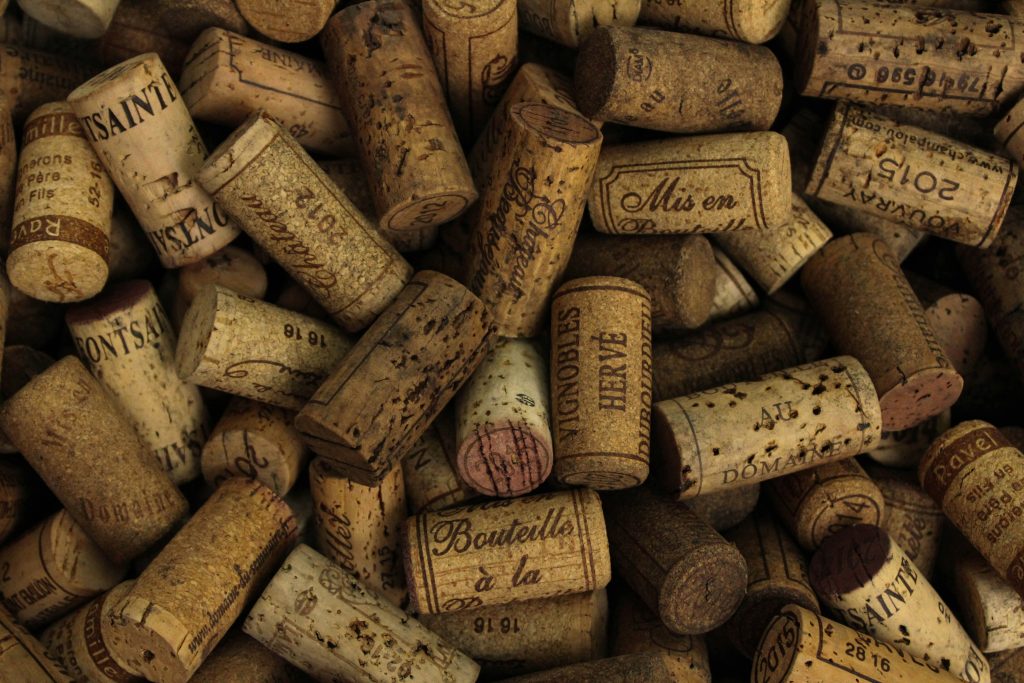
Exploring Terroir: The Essence of Wine
In the intricate world of winemaking, few concepts evoke as much reverence and fascination as terroir. Derived from the French word terre, meaning “land,” terroir encapsulates the unique combination of natural elements that contribute to the character, flavor, and quality of wine grapes grown in a specific region. It is a notion deeply rooted in tradition, yet continuously evolving as winemakers strive to unlock the secrets held within the earth.
The Essence of Terroir
Terroir encompasses a multitude of factors, each playing a crucial role in shaping the grapes and, consequently, the wine they produce. These elements include soil composition, climate, topography, altitude, and even the surrounding flora and fauna. Together, they form a distinct fingerprint on the grapes, reflecting the essence of the land from which they originate.
Soil Composition
One of the fundamental components of terroir is the soil in which the grapevines are cultivated. Different soil types, such as limestone, clay, sand, or gravel, impart distinct characteristics to the grapes. For instance, limestone-rich soils often contribute to wines with pronounced minerality, while clay soils may lend a certain richness and depth. Winemakers carefully analyze soil composition to determine which grape varieties thrive best in a particular terroir.

Climate
Climate exerts a profound influence on grape ripening and flavor development. Factors such as temperature, rainfall, sunlight exposure, and prevailing winds all shape the grapes’ growth cycle and biochemical composition. Cool climates tend to produce wines with higher acidity and more delicate flavors, whereas warmer climates yield riper, fuller-bodied wines. Understanding the nuances of the local climate is essential for cultivating grapes that express the true essence of their terroir.
Topography and Altitude
The physical landscape, including the slope, aspect, and elevation of the vineyard, significantly impacts grape growing conditions. Sloping terrain, for instance, facilitates water drainage and sunlight exposure, promoting optimal grape ripening. Meanwhile, higher altitudes can provide cooler temperatures and greater diurnal temperature variation, which can enhance flavor complexity and acidity in the grapes. Winemakers carefully select vineyard sites that harness these topographical features to create wines of exceptional quality and character.
Flora and Fauna
The surrounding vegetation, wildlife, and microbial populations also contribute to the terroir of a vineyard. Indigenous plants and microorganisms interact with the grapevines, influencing soil health, nutrient uptake, and even the expression of certain flavors and aromas in the wine. Additionally, the presence of insects, birds, and other animals may impact vineyard biodiversity and ecosystem balance, further enriching the terroir’s complexity.
The Art of Terroir Expression
For winemakers, honoring and expressing terroir is both a science and an art. It requires a deep understanding of the land, meticulous vineyard management practices, and a commitment to preserving the integrity of the grapes throughout the winemaking process. From vine to bottle, every decision—from grape variety selection to fermentation techniques—is guided by a desire to capture the essence of the terroir and craft wines that are authentic reflections of their origin.

Conclusion
In the world of wine, terroir is more than just a concept—it is the soul of the vineyard, the essence of the land, and the heart of every bottle. It is a testament to the profound connection between nature and winemaking, reminding us that great wines are not simply made; they are nurtured by the unique interplay of soil, climate, topography, and life itself. In embracing and celebrating terroir, we embark on a sensory journey that transcends time and place, inviting us to savor the rich tapestry of flavors, aromas, and stories woven into each glass.